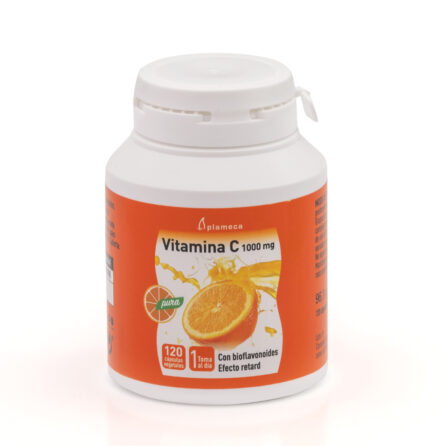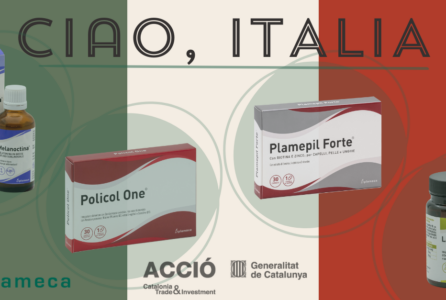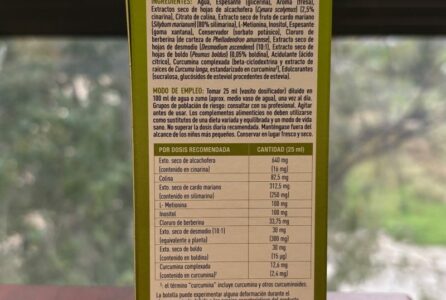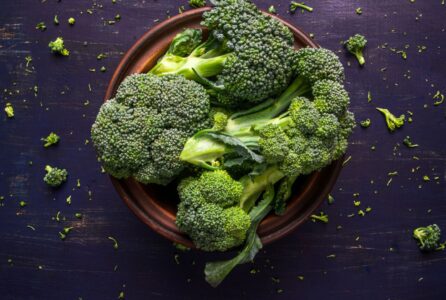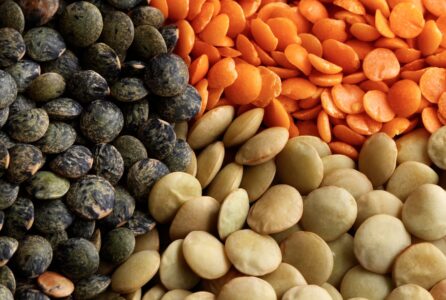Drink an orange juice, which is loaded with vitamin C, and quickly, otherwise you will lose the vitamins, is one of the many myths that revolve around this vitamin so necessary for, among other things, a good functioning of our immune and respiratory system.

What is vitamin C and what is it for?
As stated by the National Institute of HealthVitamin C, known as ascorbic acid, is a water-soluble nutrient found in certain foods. In the body, it acts as an antioxidant, helping to protect cells against damage caused by free radicals. Free radicals are compounds that are formed when the body converts the food we eat into energy. People are also exposed to free radicals in the environment from cigarette smoke, air pollution and solar ultraviolet radiation.
In addition, the body needs vitamin C to produce collagen, a protein necessary for wound healing. This vitamin also improves the absorption of iron present in plant foods and contributes to the proper functioning of the immune system to protect the body against disease.

Do we all need the same amount?
The answer is emphatically no. Below, we show you a table with the approximate daily amounts to be consumed depending on age, although there are other factors to take into account. For example, if you are a smoker, you should add 35 mg of vitamin C to those already shown in the table according to your age group (data extracted from the National Institutes of Health).
Age - Recommended daily allowance of vitamin C:
Infants up to 6 months of age - 40 mg
Infants 7 to 12 months of age - 50 mg
Children from 1 to 3 years of age - 15 mg
Children 4 to 8 years of age - 25 mg
Children from 9 to 13 years of age - 45 mg
Adolescents (males) from 14 to 18 years of age - 75 mg
Adolescents (girls) from 14 to 18 years of age - 65 mg
Adults (men) - 90 mg
Adults (women - 75 mg
Pregnant adolescents - 80 mg
Pregnant women - 85 mg
Adolescents breastfeeding - 115 mg
Breastfeeding women - 120 mg

Foods with more vitamin C
We'll tell you: it's neither oranges nor lemons that occupy the top positions in the podium of foods with more vitamin C. But... what are they? Here is a list of some foods and their vitamin C concentration per 100 mg of food ingested.
- Black currant: 189 mg.
- Guava: 180 mg.
- Parsley: 166 mg.
- Red bell pepper: 140 mg.
- Kale: 120 mg.
- Brussels sprouts: 112 mg.
- Broccoli: 110 mg.
- Kiwi: 100 mg.
- Fennel bulb: 93 mg.
- Strawberries: 86 mg.
- Papaya: 70 mg.
- Orange: 50 mg.
Food supplements with vitamin C
Food supplements should never be used as a substitute for a varied, balanced diet and a healthy lifestyle, but you can increase your vitamin C intake thanks to food supplements such as the ones presented below, which, in addition to vitamin C, contain other ingredients for natural wellness:
- Protectium pectoralis adults: 60 mg.
- Summum propol adults: 60 mg.
- Summum propol infant: 90 mg.
- Vittal in adults: 60 mg.
- Vittal in infant: 60 mg.
- Curarti complex: 60 mg.
- Curarti selectium: 60 mg.

